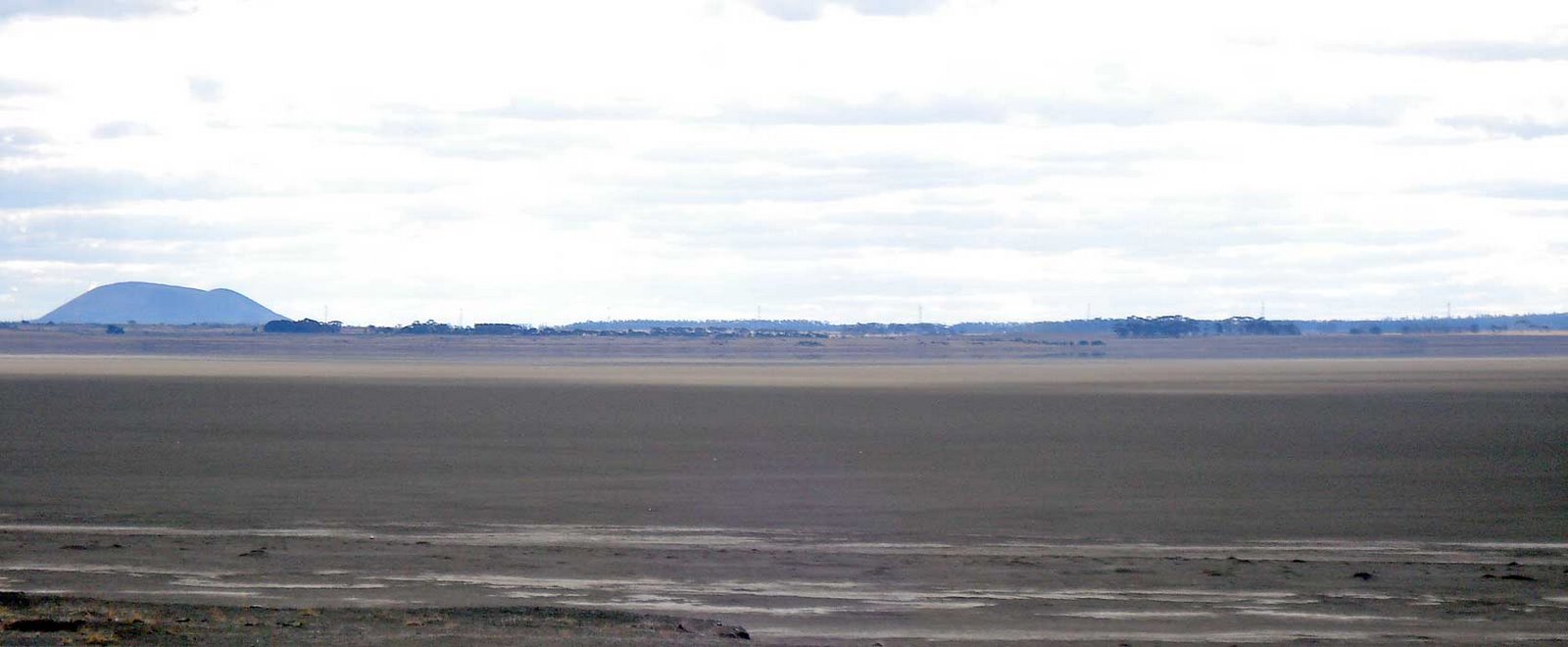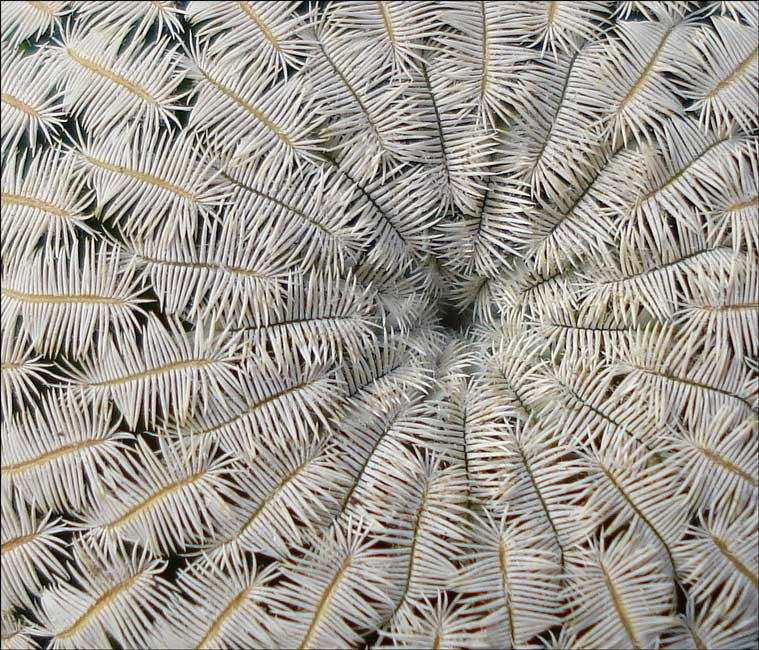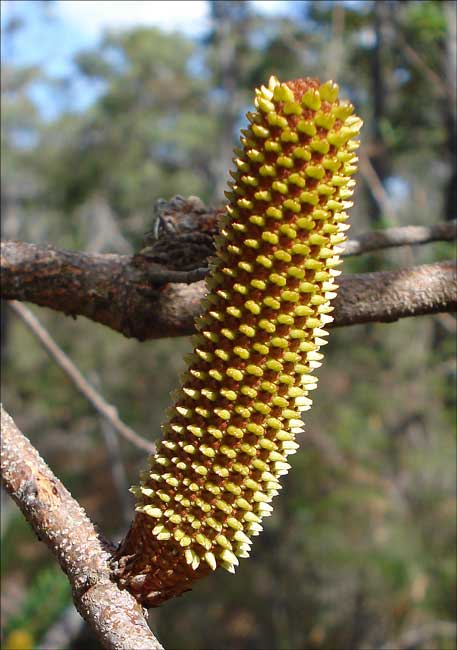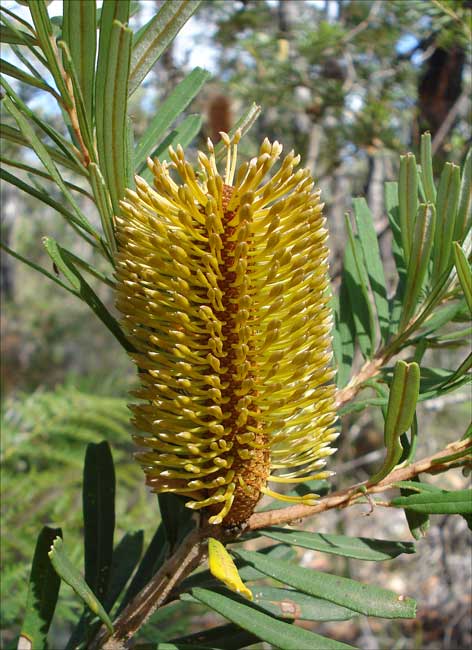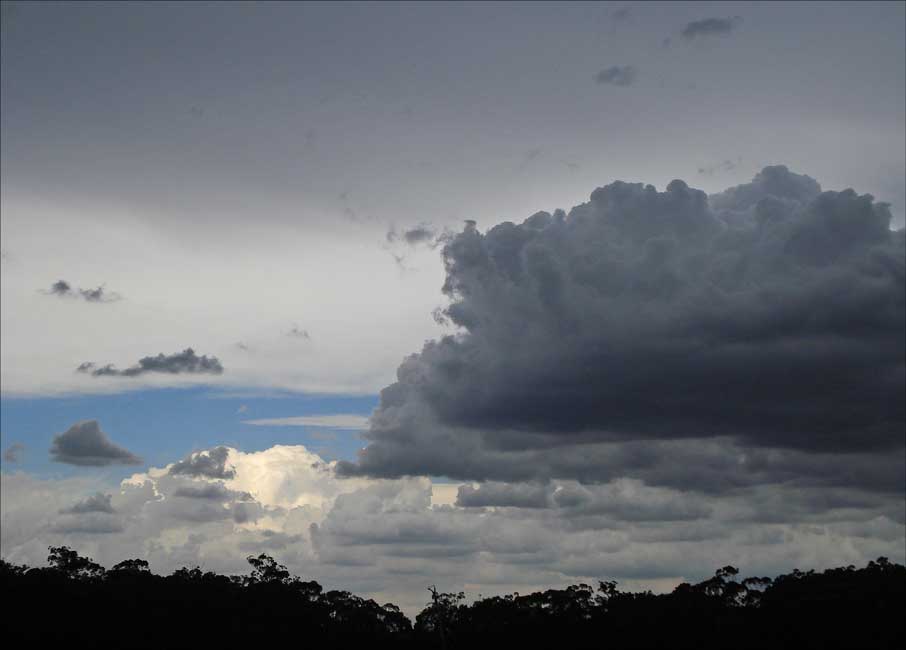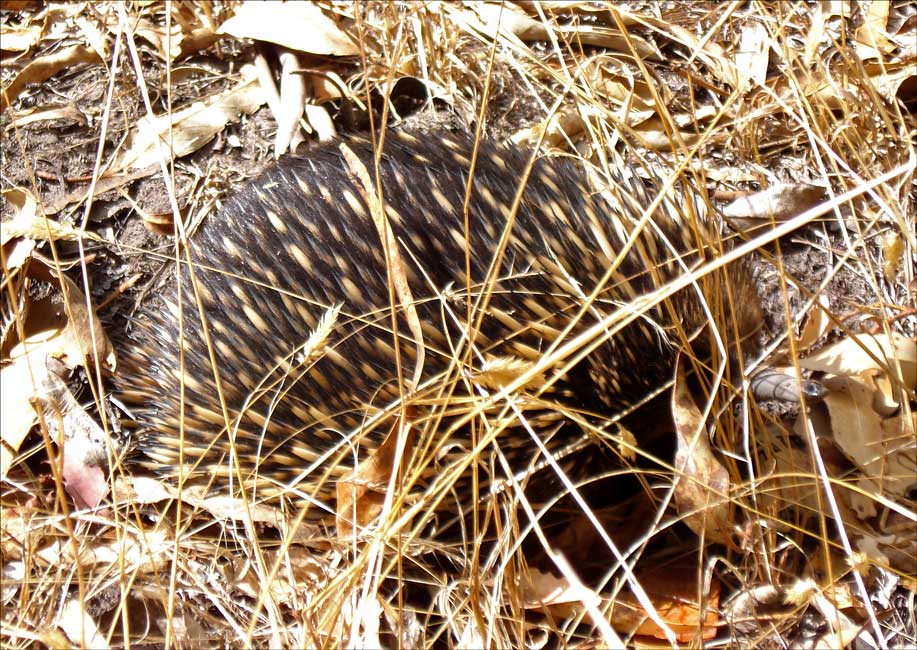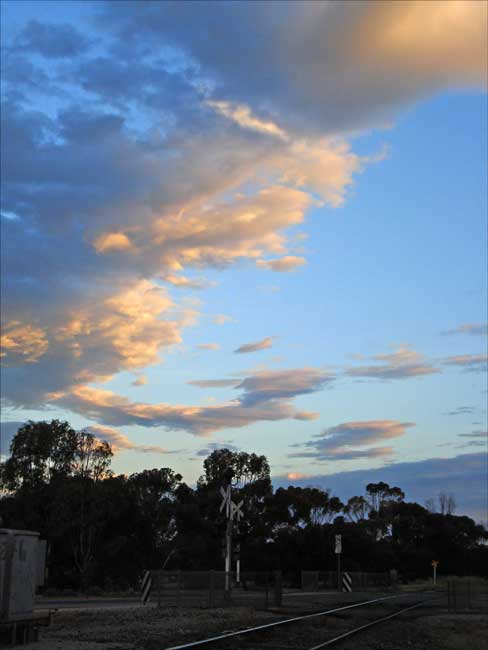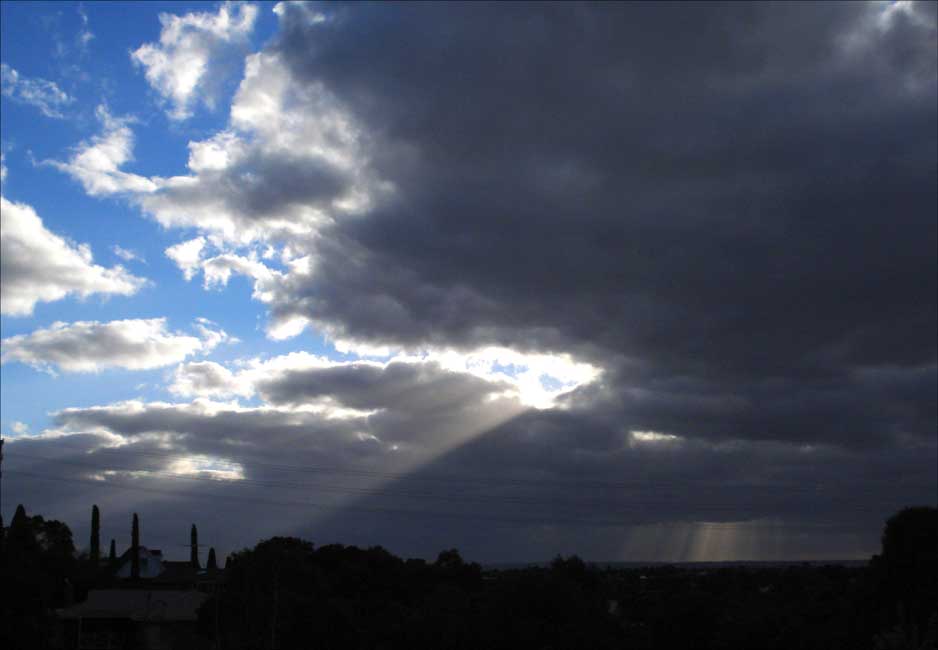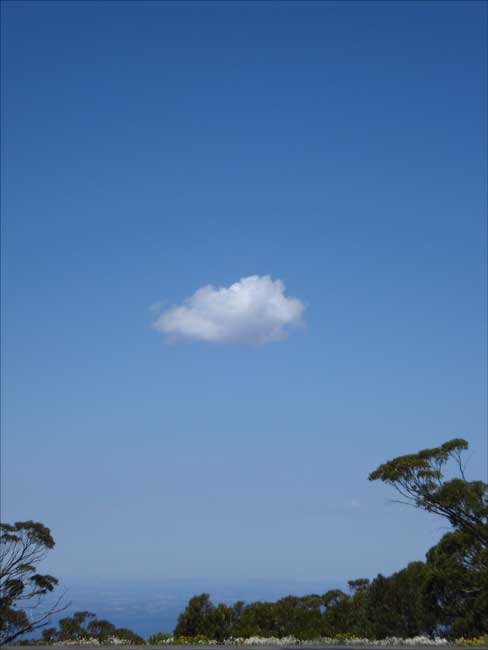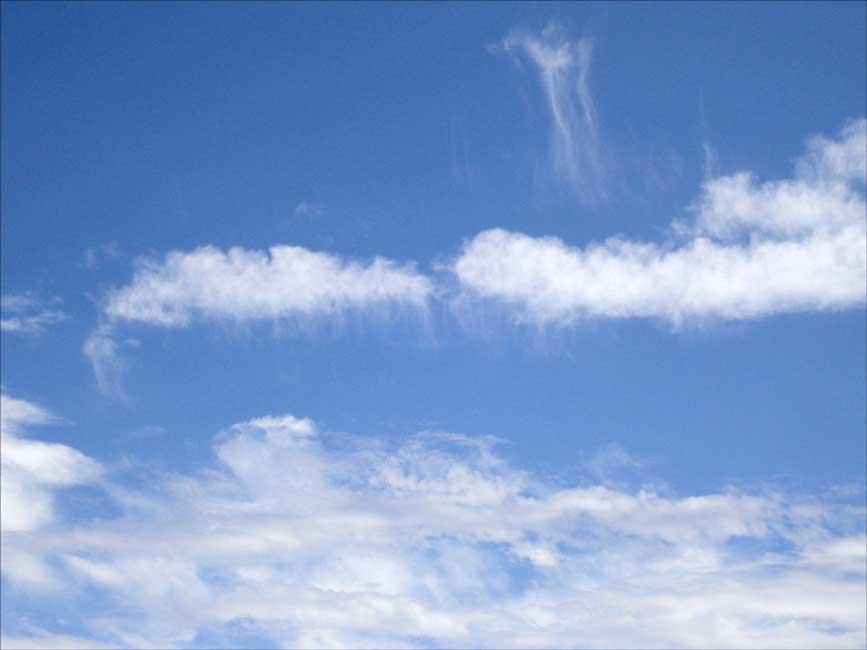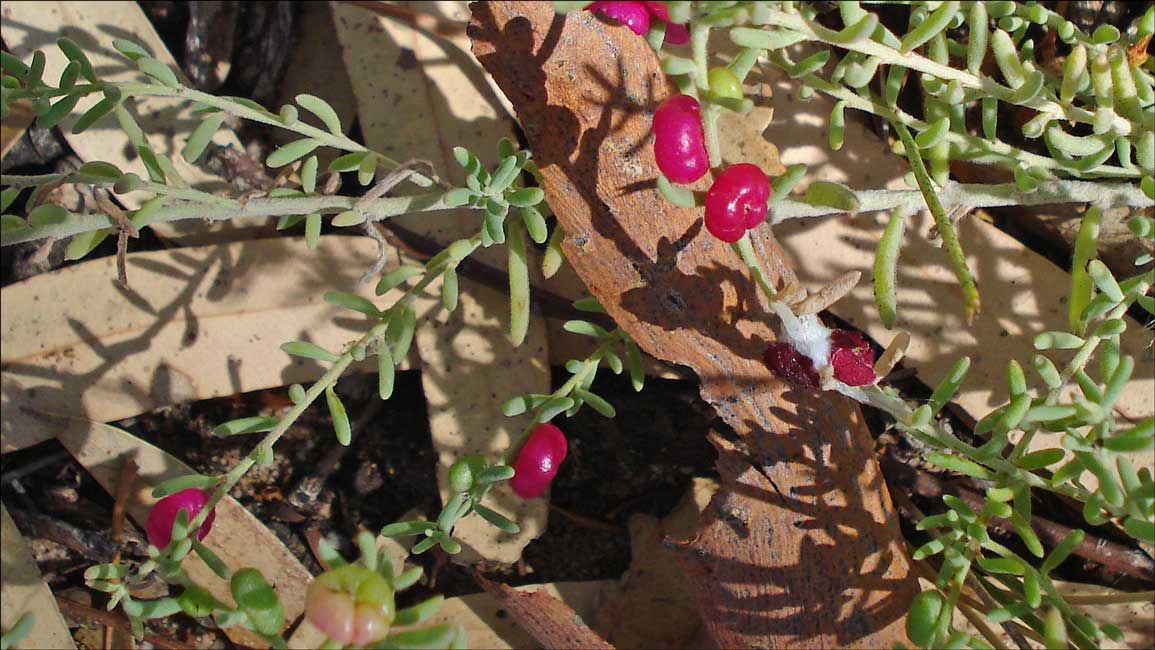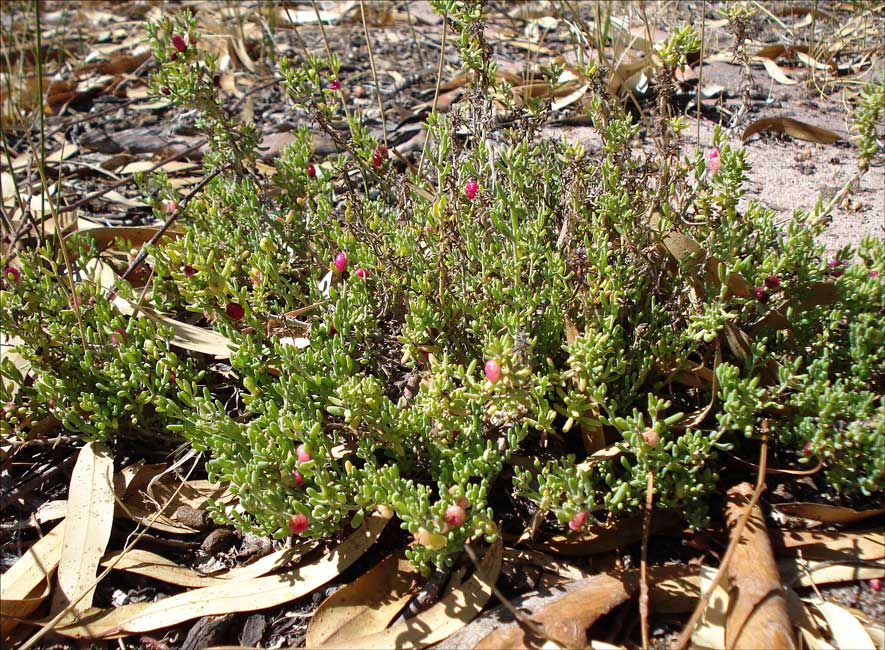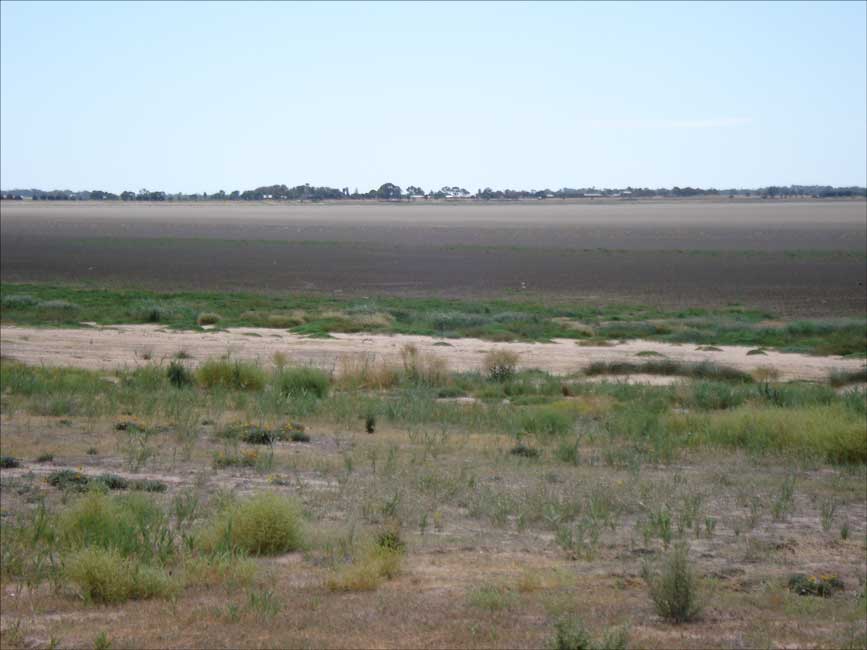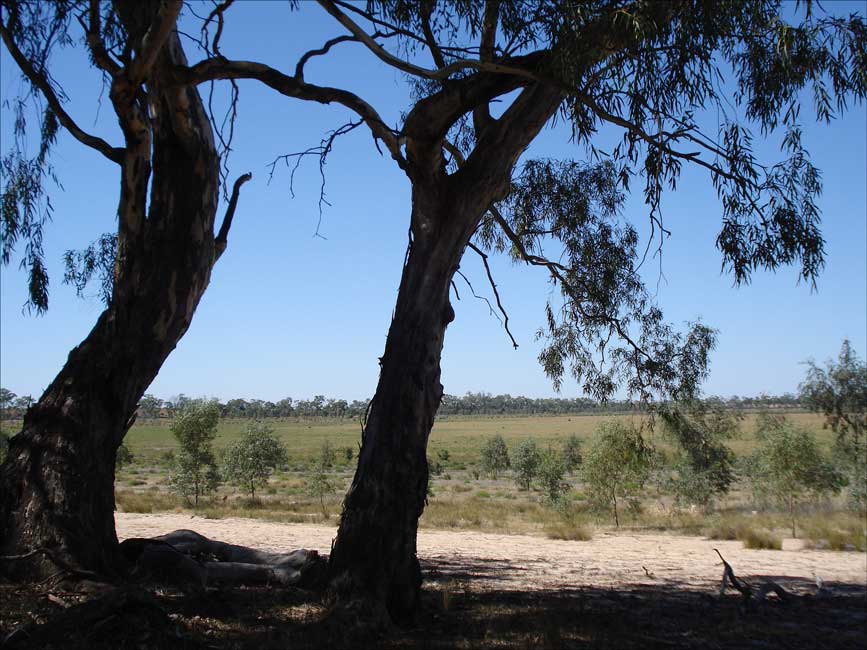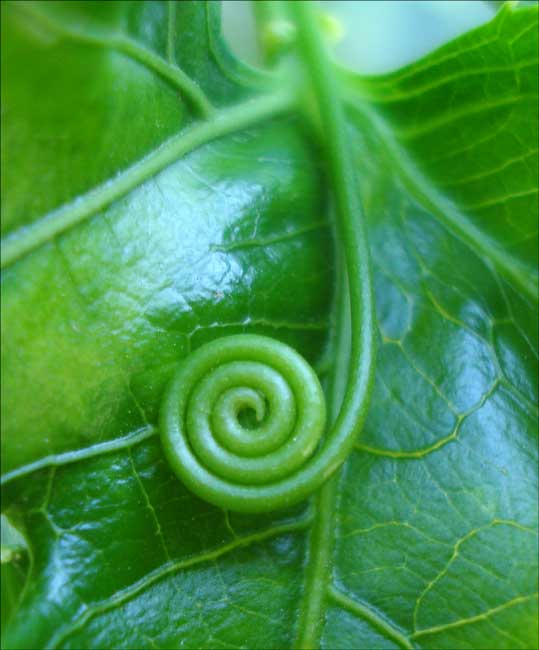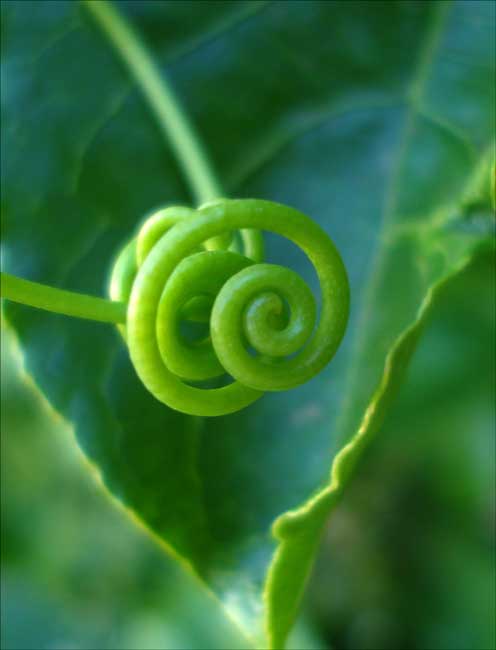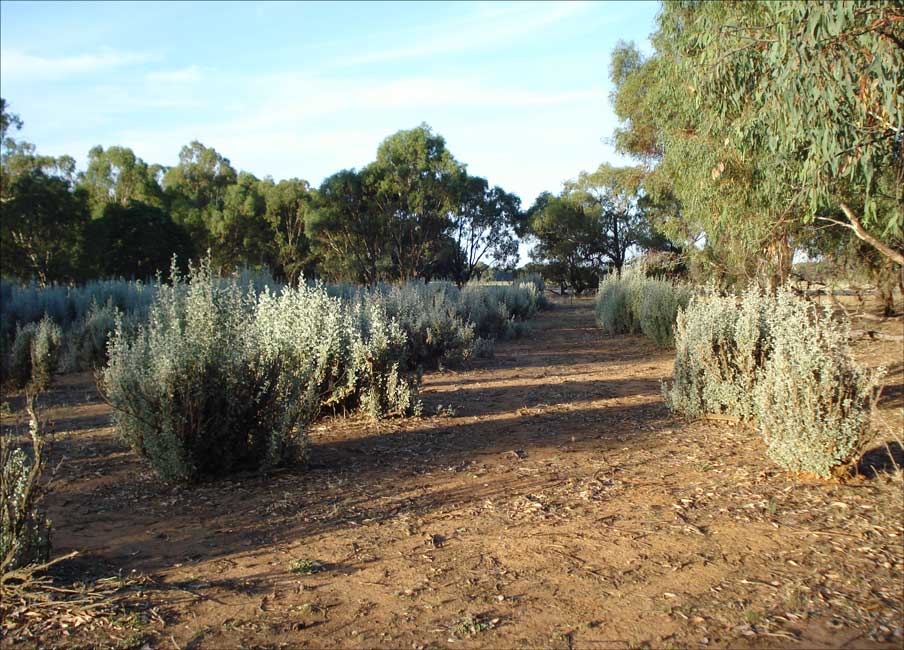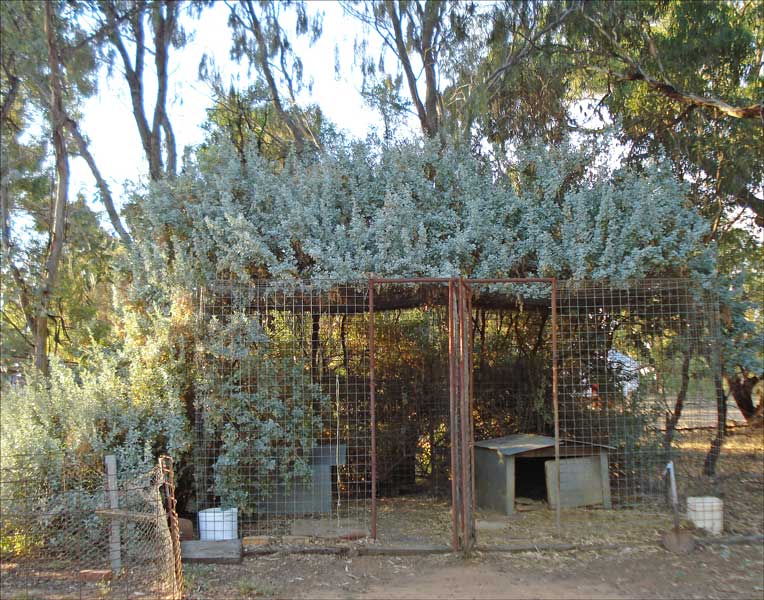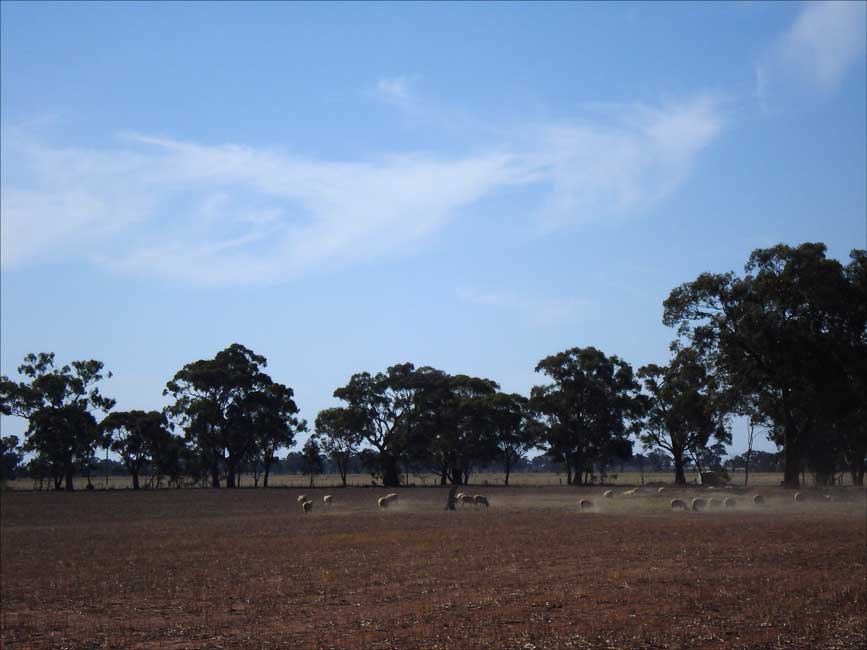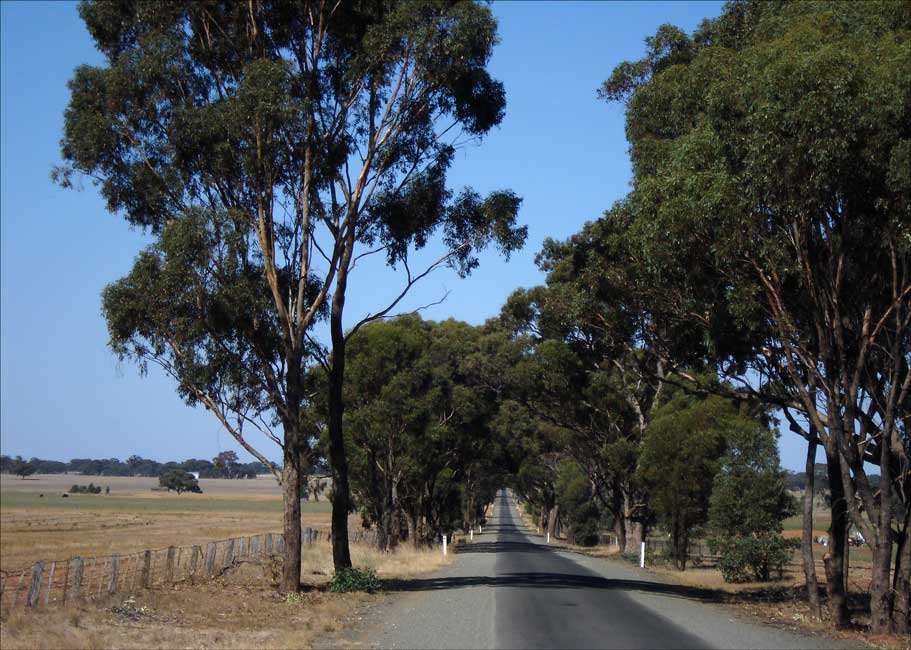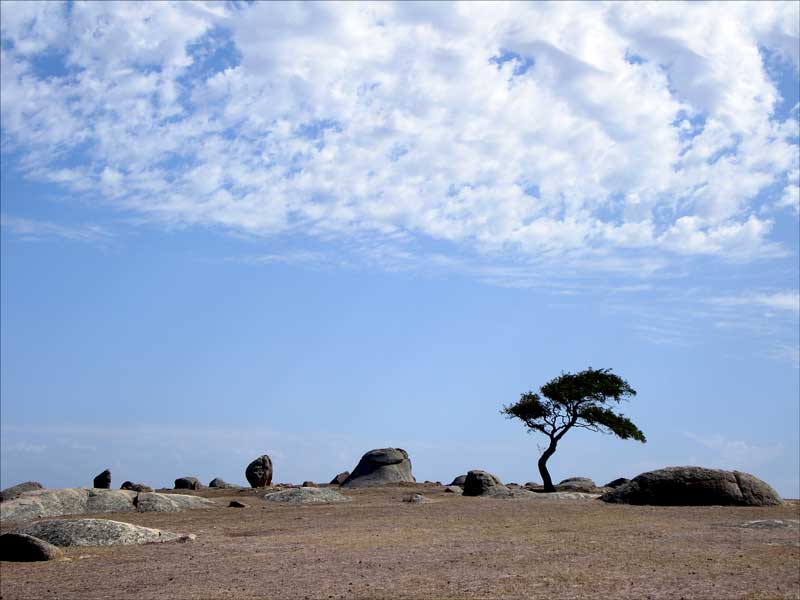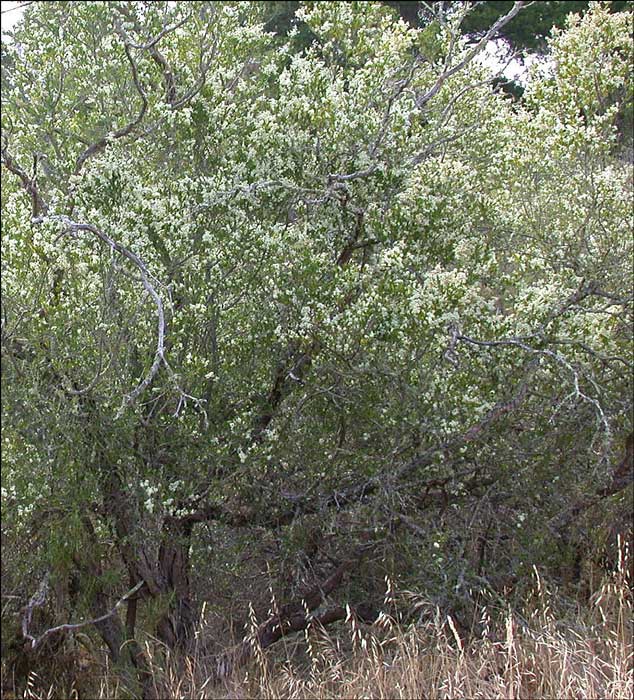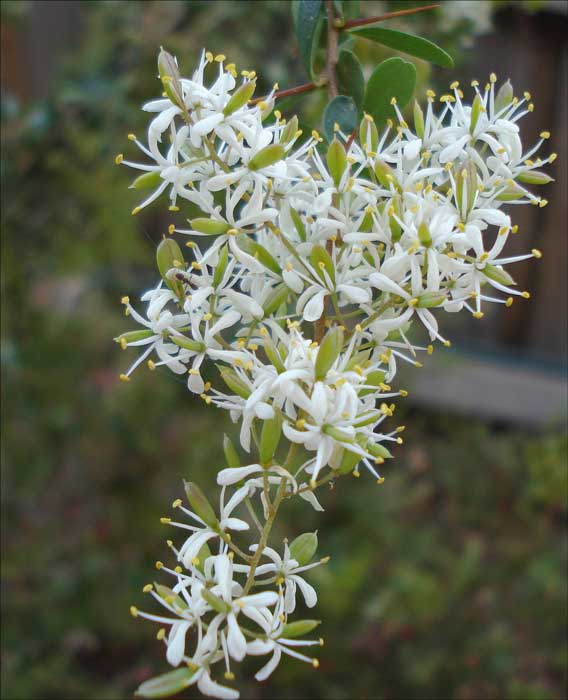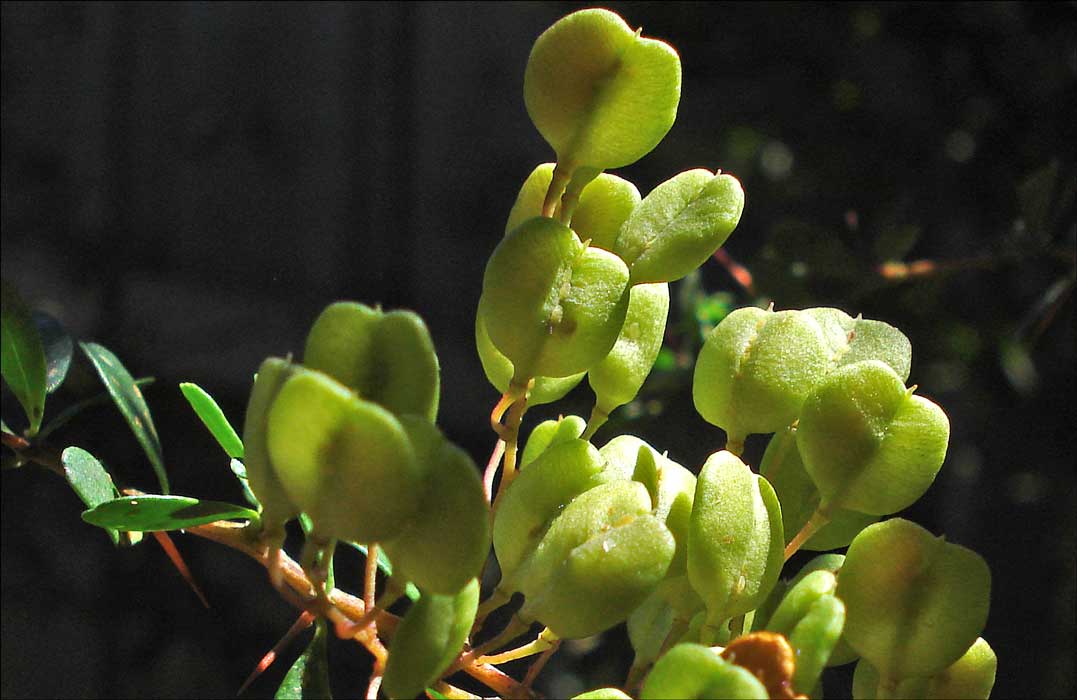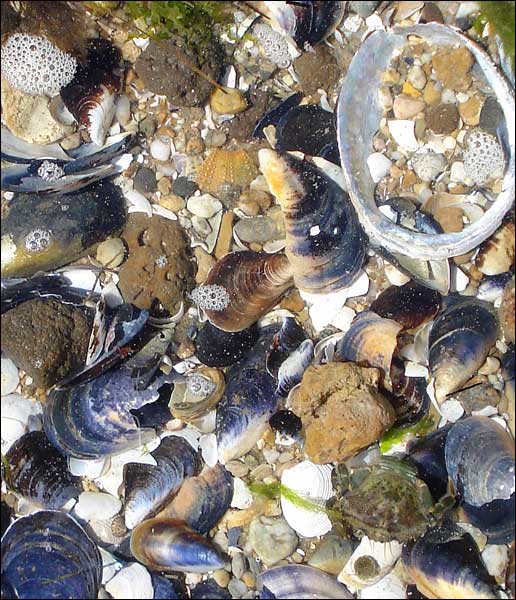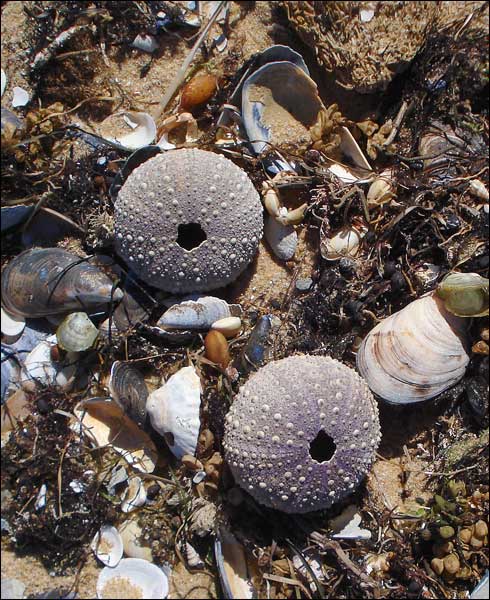The laneway becomes a race track when the extended family visit the farm. There are rules imposed on the juveniles. They are not allowed to ride the motor bikes, go carts, bicycles or old 4-wheel drive on the farm itself, so they have a circuit around the house and sheds and down the lane to the front gate. One-way traffic only. It is very noisy and dusty, except in the mornings (when the young sleep in) and at meal times of course.
But still we see the Superb Fairy-wrens, White-browed Scrubwrens, Yellow-rumped Thornbills, Common Bronzewings, Galahs, Gang-gangs and Willie Wagtails. And last week a Restless Flycatcher stayed with us all week.
So it was something of a surprise to find a very large Gum Moth caterpillar crossing the laneway and surviving the trek. (Why did the moth cross the road? To get to the other side.) It's an impressively large caterpillar, bright green with coloured spots. There is a faintly-dark line along its back that is the heart - unfortunately I didn't have my microscope with me to check out the pulsations. The breathing-holes on the sides can be clearly seen. We thought this caterpillar was the common Emperor Gum Moth
Ododiphthera eucalypti but actually it's the less common close relative, the Helena Gum Moth (although it's also called an Emporer)
Ododiphthera helena. It has a pale pink lateral stripe, red spiracular openings (the breathing holes), short white bristles and small paired spikes on the thorax and the eighth abdominal segment. This particular caterpillar is in its final instar (growth stage) - earlier instars have different coloration and patterns.
It feeds in broad daylight on gum trees and will spin its silk cocoon (they are in the same family as the silkworm) in late autumn. The large moth will appear in spring.
The caterpillar was left next to the track. I wonder if it survived the Laneway Grand Prix.
Reference:
http://linus.socs.uts.edu.au/~don/larvae/faqs/

